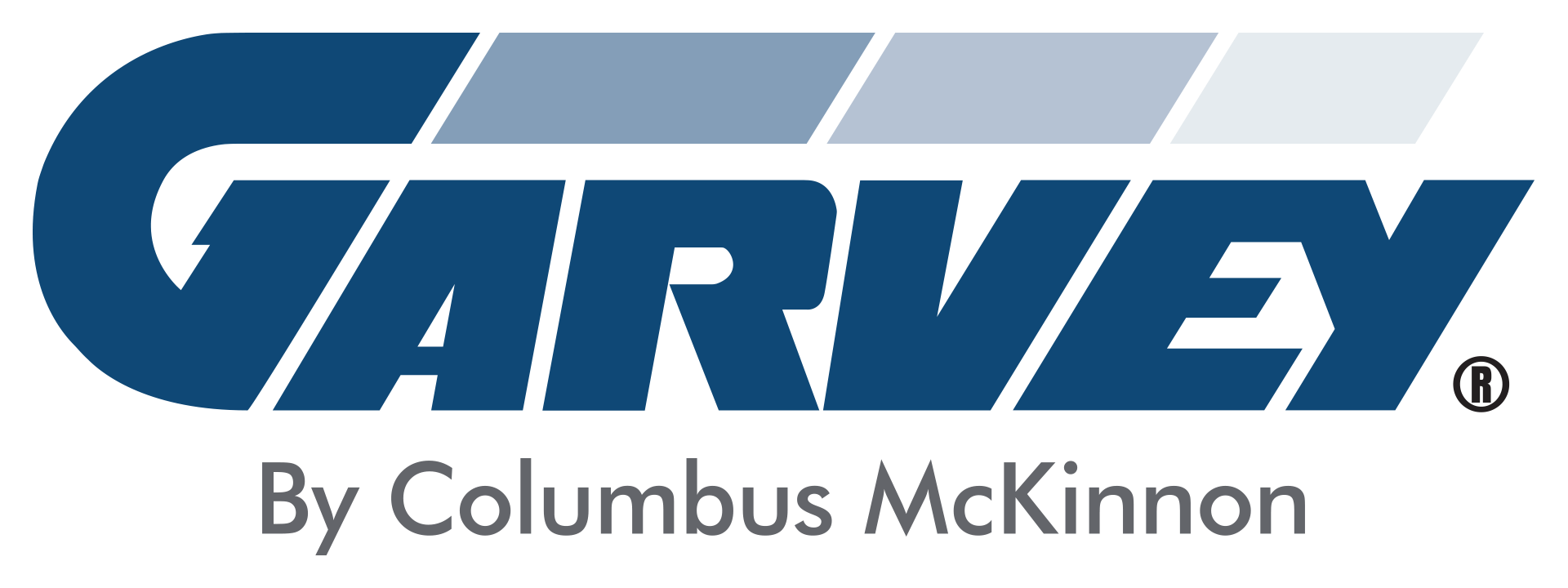I know that seems like a lot. But that’s how much profit one winery was missing out on before they took steps to reduce the impact of the bottleneck on their production line.
We’ve performed our Garvey Line Analysis with hundreds of companies. And, while the results vary, we typically find that companies are operating their lines at 20-30% below capacity, which means they’re missing out on significant revenues. Depending on your current production, your bottleneck could be costing you hundreds of thousands or even millions of dollars per year.
Let’s see how one client got their $3.5 million back, as well as how you can calculate how much your bottlenecks are costing you.
What is your bottleneck?
To figure out how much potential profit you’re losing because of bottlenecks, you first need to identify what those bottlenecks are.
In lean manufacturing, this is called finding your constraint, i.e., the piece of equipment on your line with the lowest net output. No matter how fast the other machines can run, your entire line will never be able to run faster than this machine. That’s why it’s called the constraint — it constrains the output of the line.
To learn how to identify your bottleneck, read our article How to Find the Constraint in Your Production Line.
How your bottleneck impacts your profitability
The main way your bottleneck impacts your profitability is by compounding the effect of downtime along your production line.
Downtime costs manufacturers a huge amount of money. By one estimate, companies in the food and beverage industry experience as much as 500 hours of downtime every year, to the tune of $20,000 to $30,000 an hour. That’s $10 to $15 million dollars lost to downtime a year!
Unfortunately, downtime is inevitable — it’s simply the nature of machines. However, the effect of downtime is often worse than it needs to be. When the non-constraints on your line (all of the machines except for the constraint) go down, they typically cause the constraint to stop as well. For example, if a machine upstream of the constraint stops working, the constraint won’t have any products to process. This compounds the effect of downtime by making the slowest machine on your line even slower.
How to calculate what your bottleneck is costing you
Fortunately, it’s easy to calculate exactly how much this compounding effect is costing you. All you have to do is determine the difference between what you’re actually producing and what you could be producing if the bottleneck didn’t have to stop every time another machine on the line went down.
Potential Throughput – Actual Throughput = Lost Opportunity
The $3.5 million figure is from an example of a bottling line that we worked through in a previous article on calculating throughput. By analyzing that bottling line, we found that the constraint was the filler.
The filler is capable of filling 180 bottles per minute at 93% efficiency. So, the potential throughput is:
Potential Throughput = Throughput of the Constraint x Efficiency of the Constraint
Potential Throughput = 180 bpm x 0.93
Potential Throughput = 167 bpm
To find the actual throughput, we need to take into account the compounding effects of downtime. We do this by replacing the efficiency of the constraint with the efficiency of the entire line, which in our example is 72.5%:
Actual Throughput = Throughput of the Constraint x Total Efficiency
Actual Throughput = 180 bpm x 0.725
Actual Throughput = ~130 bpm
Then, we subtract the actual throughput from the potential throughput.
167 bpm – 130 bpm = 37 bpm
If the line were running at maximum capacity, it would be able to produce 37 additional bottles per minute. To put this into dollars and cents, we need to know the average profit per bottle. In the example, the per-bottle profit was $0.80.
So:
37 bpm x $0.80 = $29.60 per minute
which translates to:
$1,776 per hour
$14,208 per 8-hour shift
$71,040 per week (5 shifts/week)
And…
$3,552,000 per year (50 weeks/year)
Not too shabby!
If you’d like to find out how much your bottleneck is costing you, use our Line Efficiency Calculator. Or request a free line analysis from one of our efficiency experts. We look forward to hearing from you!



